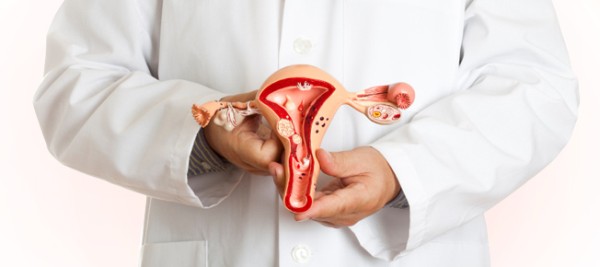MENORRHAGIA
Menorrhagia occurs when a female experiences abnormally heavy or prolonged menstrual periods, which may result in restriction of daily activities, discomfort and excessive requirement for tampons.
Menorrhagia lasts for more than 7 days. It occurs at regular intervals and is predictable. You can estimate the amount of bleeding through the number of pads or tampons a woman uses during her period. It may be associated with painful periods called dysmenorrhea. It may affect a woman’s usual activities due to its discomfort.
Menorrhagia is most common in adolescent girls who just started their menstruation. They are prone to anovulatory cycles during their first year of menstruating. Menstrual cycles without ovulation result in menorrhagia. Older women are also at risk especially if they are approaching menopause. Their hormonal changes lead to anovulatory cycles.
Menorrhagia Signs and Symptoms
You have menorrhagia if you are experiencing the following:
- Soaking through one or more pads or tampons every hour for several hours
- Uses double pads to control menstrual flow
- Wakes up at night to change pads or tampons
- Bleeding for more than a week
- Has large blood clots on pads
- Experiences pain in the lower part of the stomach during periods
- Tiredness, lack of energy and shortness of breath are visible
- Daily activities are restricted
Menorrhagia Causes
Menstruation is a normal occurrence in the life of a woman. But if there is heavy menstrual bleeding, that indicates menorrhagia. There are common causes which include:
- Imbalance of estrogen and progesterone hormones. The endometrium develops in excess and sheds off through heavy bleeding
- No ovulation during a menstrual cycle causing no production of progesterone resulting hormonal imbalance
- Presence of uterine fibroids that appear during childbearing age.
- Having small, benign growths on the lining of the uterine wall
- A non-hormonal intrauterine device is used for birth control
- Cancer can cause excessive menstrual bleeding
- Use of anti-inflammatory drugs or anticoagulants contribute to menorrhagia
- Pregnancy-related problems such as miscarriage or ectopic pregnancy
- Bleeding-related disorders
Menorrhagia Test and Diagnosis
An OB-GYN will take care of you when you are having problems with your menstruation and will conduct procedures like:
- Blood tests
- Pap smear
- Endometrial biopsy
- Ultrasound
- Sonohysterogram
- Hysteroscopy
- Dilation and curettage
Menorrhagia Treatment
After determining the underlying cause of menorrhagia, treatment may 
- Iron tablets to restore normal hemoglobin levels
- Oral contraceptives
- Tranexamic acid tablets that reduce blood loss up to 50%
- Non-steroidal anti-inflammatory drugs to help reduce blood loss and relieve pain
Some physician may advise surgery which includes endometrial ablation, uterine embolisation, hysteroscopic myomyectomy, or operative hysteroscopy. Treatment may vary depending on the cause of bleeding and how serious it is.
Menorrhagia Complications
Menorrhagia may result in complications as follows:
- Iron deficiency anemia
- Severe pain
- Social distress

